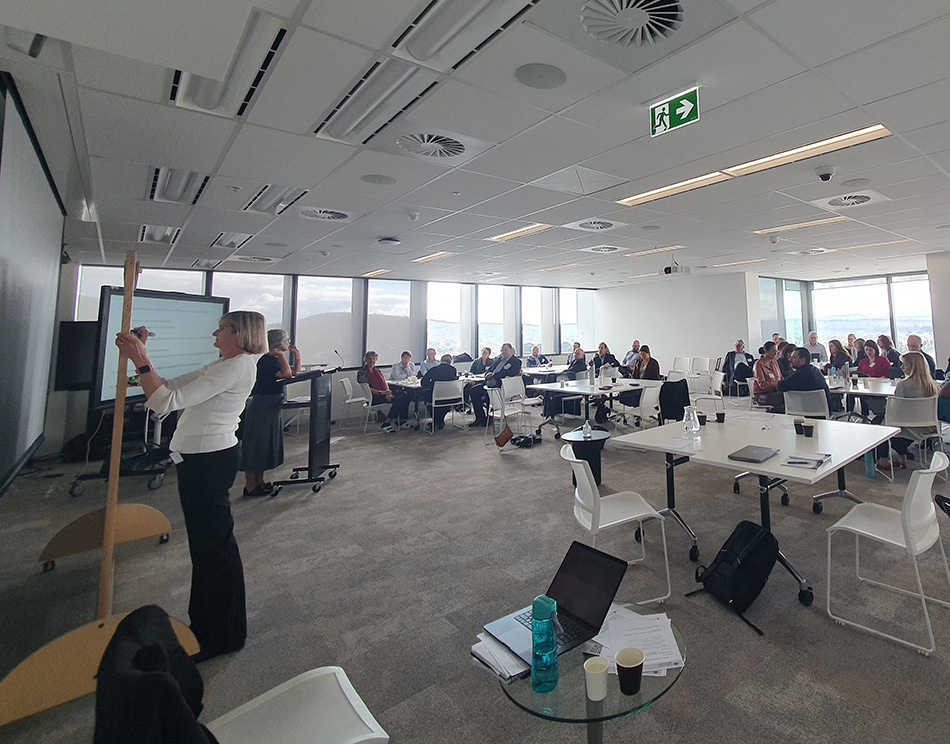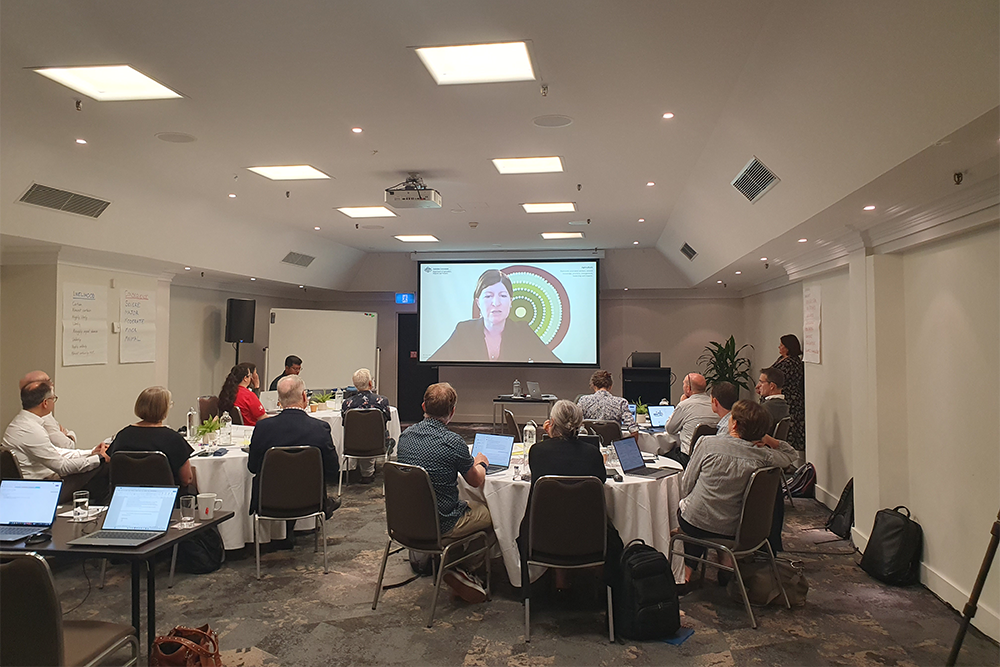Australia’s veterinary sector faces major challenges, including a significant workforce shortage.
From the rural towns without a veterinary clinic, to new graduates without adequate support, and business owners at risk of burnout without a break – the issues within the profession are diverse and complex.
It is in the national interest to ensure that we have enough veterinarians, with the right skills, in the places where they are most needed. Our agricultural sector and the Australian public rely heavily on veterinarians, from responding to emergencies and facilitating trade, to maintaining productivity, disease surveillance and animal welfare.
One of the difficulties that I’ve encountered while advocating for the veterinary sector is the lack of comprehensive national data on the workforce. It is not enough to know that the veterinary profession is impacted by workforce challenges. For those outside the profession, there is a need for objective evidence to demonstrate where and why those challenges exist. And for those working on solutions, we need insights that help us to understand what changes in policy, including education and employment, will be most effective at turning things around.
On 19 August 2024, I convened a Veterinary Workforce Data and Governance Roundtable at Agriculture House in Canberra. The objective was to foster collaboration among veterinary professionals, academic institutions, industry stakeholders and policymakers to pursue a comprehensive national data solution which can be used as a tool for advocacy, policy making and planning.
I was inspired by the enthusiastic response. Together the attendees discussed options and heard what is possible through success stories, including the education sector’s Australian Teacher Workforce Data (ATWD) model and the New Zealand veterinary sector’s published analysis based on a standardised survey linked to annual registration renewal.
While there is a lot of work to be done, the Australian veterinary profession now has a path forward. Consensus was reached that maintaining business as usual is not an option. A taskforce will be formed that includes representatives of key industry sectors. This taskforce will review the governance and operational options for a national workforce data solution and provide recommendations on the optimum approach.
I’m optimistic about the benefits that will flow from this initiative. A centralised and standardised system for collecting and analysing national veterinary workforce data is a foundational element for change. With the impact of and responsibility for Australia’s veterinary sector being widely distributed, no one organisation can progress this alone. It’s heartening to see the veterinary community taking proactive steps. The Department of Agriculture, Fisheries and Forestry is committed to being part of the collective solution.





